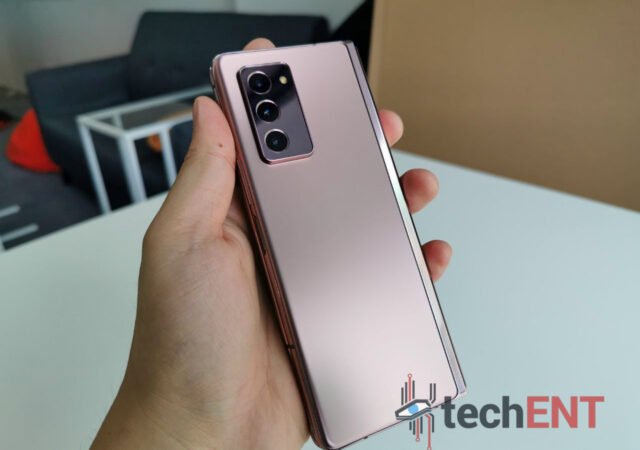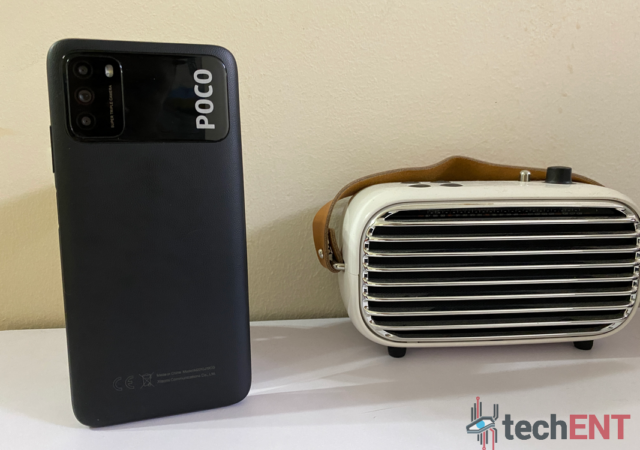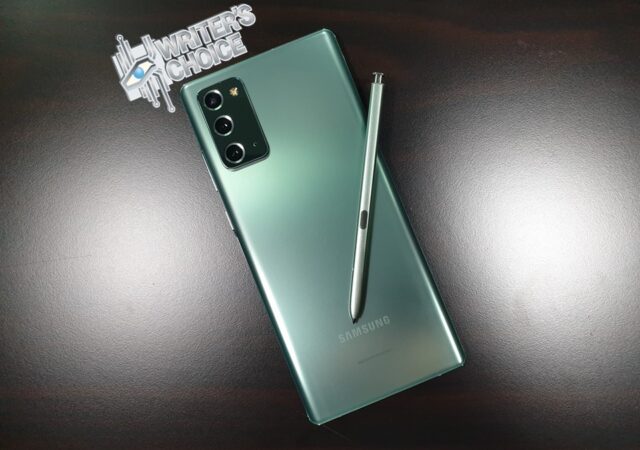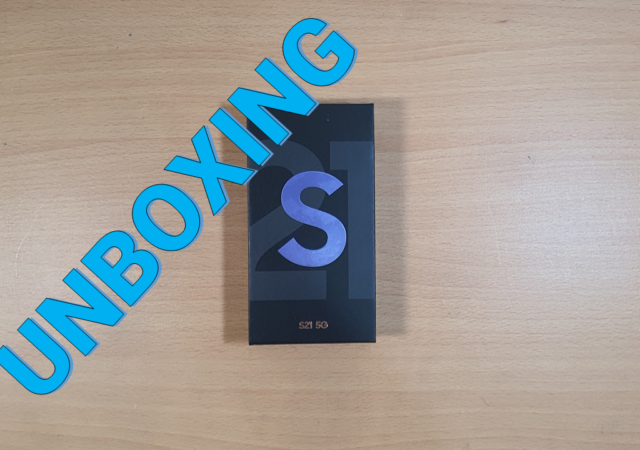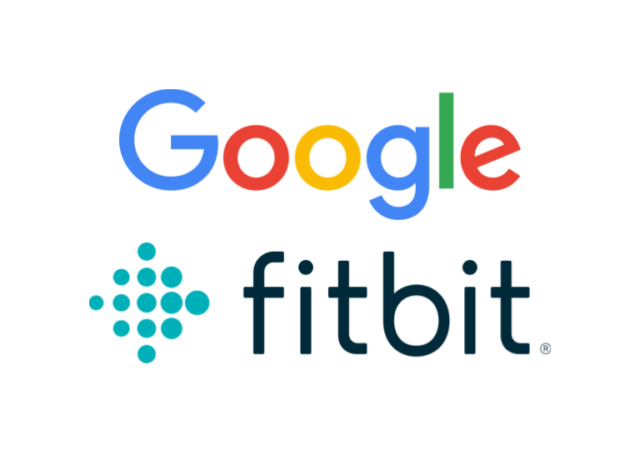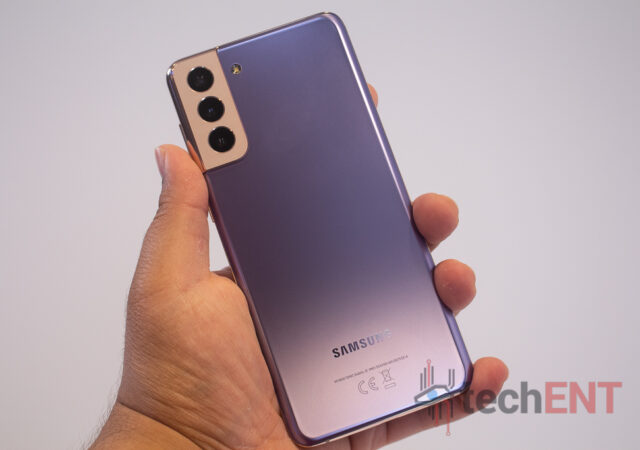Samsung is launching the Galaxy S21 series on the silver screen in Malaysia starting with a special tonight!
First 24 Hours with The Samsung Galaxy S21 – It has the Makings of a True Flagship
Samsung’s latest flagship is turning heads. Here’s our first impressions from our first 24 hours using the Samsung Galaxy S21.
24 Hours with the Samsung Galaxy Z Fold2
We had a Samsung Galaxy Z Fold2 with us for a while, but what does it feel like out of the box? This is our experience with it in 24 hours.
Xiaomi POCO M3 In-depth Review – The POCO That Can!
Xiaomi’s POCO M3 is one of the most affordable smartphones out there now. How does it fair? Is it worth the money you spend on it?
Samsung Galaxy Note20 5G In-Depth Review – The One You Should Get
We reviewed the Samsung Galaxy Note20 and we liked it. We think this should be the Galaxy Note to buy at MYR 4,299.
Here’s How You Can Get Your Samsung Galaxy S21 in Malaysia
Itching to get your hands on a new Galaxy S21? We’ve got all the preorder details for you from all the major Malaysian telcos and even Samsung themselves.
Unboxing the Samsung Galaxy S21
Join us as we unbox the brand new Samsung Galaxy S21! Find out what comes together in the box when you spend that hard earned money!
It’s Official; Fitbit is now Google’s. What Does This mean?
Fitbit is now officially acquired by Google. The acquisition is part of Google’s bid to complete its manufacturing capabilties.
Hands-On with the Galaxy S21 Ultra in Phantom Silver
Samsung’s latest flagship, the Galaxy S21 Ultra has just been unleashed! Come see the new device as we go hands on!
Hands-on with the Samsung Galaxy 21+ in Phantom Violet
Samsung has unveiled their new Galaxy S21 series. We’re going hands on with their new Galaxy S21+ in Phantom Violet.





